Charcoal: When two worlds – collide. As told to Sok’skiina (Big Face Chief) Wallace Yellow Face, by his elders.
Download: Lesson Plan for Charcoal.pdf (PDF format 180 kb)
Charcoal was from Kainai, born in the 1850’s during a time when settlers continued to move into Blackfoot Territory. Charcoal’s story is that of a warrior who very much lived a life of Siksikaitsitapiisinni. This lesson is going to demonstrate how Siksikaitsitapiisinni was met with the interference of European worldview.
Grade level(s): 7-9 Subject:
Blackfoot Language & Culture Time: 90 minutes
Objective: Upon successful completion of this lesson plan, students will be able to:
- Describe understand how the impact of colonization was key in the events that led up to the death of Charcoal. forms of learning;
- Understand how Siksikaitsitapi ways of being were completely misunderstood, when we look at it from a historical context of Canadian colonialism;
- Consider how traditional ways were practiced, and how those traditional ways were interfered a colonial lack of understanding;
- Identify a key Blackfoot historical event, figure and developments; e.g., government styles.
General Outcome(s):
https://education.alberta.ca/media/563920/blackfoot-k-12.pdf
Applications
Students will use and apply Blackfoot in various situations at home, in school and in the community for different purposes. (Pookaiksi aakohtaomia’nistayissitapiiyaawa niitsi’powahssini.)
Language Competence
Students will be effective, competent and comfortable as Blackfoot speakers. (Pookaiksi aakaisokai’tsi’poyiiyaawa.)
Community Membership
Students will live peacefully with Mother Earth,↔ others and themselves, guided by the Creator.↔ (Pookaiksi aakayaahsopaatomoyiiyaawa ksaahkommiitapi ki noohkiitsimmiksi.)
Strategies
Students will know and use various strategies to maximize the effectiveness of learning and communication. (Maanistaakohkottsokiitsi’poihpi pookaiksi aakaissksinima’tsoohsiiyaawa.
Specific Outcomes(s):
https://education.alberta.ca/media/563920/blackfoot-k-12.pdf
A–2 to express emotions and personal perspectives
LC–3 interpret and produce written and visual texts
CM–2 others
CM–3 themselves S–1 language learning
S–3 cultural learning
Key Words (English & Blackfoot):
Prepare your learners for success by pre-teaching key vocabulary words that are essential to understanding the concept or text you will introduce to them.
- Tsakotaapiimaan – hail shelter
- Siksikaitsitapiisinni – Blackfoot ways
- Charcoal – his traditional name vs Translation of Tsako
- Aak’sikapii – the horse that turned
Materials:
- Elder Video Interview with Sok’skiina (Big Face Chief) Wallace Yellow Face
- Charcoal’s World – by: Hugh A. Dempsey
- Blank map of Piikani including East Timber Limit (Piikani)
- Pencil
- Pencil crayons
- Computer/Internet: Google maps (East Timber Limit (Piikani)
- Headphones
Plan:
This lesson plan involves watching a pre-recorded elder video interview, Sok’skiina (Big Face Chief) Wallace Yellow Face and reflecting upon the story that was told to Sok’skiina by his elders. The video interview features Sok’skiina discussing historical accounts of events that led up to the death of the famous Kainai warrior, Charcoal.
Through this lesson (where each activity is an individual lesson plan contributing to learning as a whole), students learn about the Piikani lands, and an event that occurred in relation to Kainai history. Students will connect personally the events shared by an Elder’s account, and ultimately connecting this learning to their own identities and their understanding of the Piikani territory and Kainai history. Each activity below is a lesson on its own. There are two lessons in total.
Pre-Instructional Assessment:
Teacher will check for student’s prior knowledge. Large group brainstorming/discussion learner responses, 5W’s Who? What? Where? When? Why?
Questions to brainstorm with class:
- Who was Charcoal?
- What was his tribal affiliation?
- Traditional beliefs vs colonized views
- What are Protocols? (define and give examples of traditional protocols)
Lesson Activity – Personal Reflection
Purpose: Encourage students to consider land-based education in their own life, and how they might integrate their own learning.
Time: 90 min
Activity Instructions:
- Have the students watch the video.
- After watching the film, invite students on to reflect on the events surrounding the story of Charcoal,
- Perhaps brainstorming: traditions, protocols, settler law vs traditional ways,
- Ask students to reflect on a personal lesson they could recall that had a cultural difference,
- This can be either a written or oral presentation, or the creation of something.
This activity is designed to connect with learners with these learning styles…
- Spiritual (e.g., Relational) Learners
- Physical (e.g., Tactile, Experiential, Visual) Learners
- Intellectual (e.g., Rational, Logical) Learners
- Emotional (e.g., Feeling, Intuitive) Learners
… in the following ways:
This activity is very open for student personal reflection and integration. Because the assessment is based on thestudents taking responsibility for their own learning, it can reflect the learning needs of all different learners in how they approach their personal reflection in their learning.
Closure/Review/Summary:
- Have students pair share something they learned about the historical account of Charcoal.
- Keep it short and sweet.
Post-Instructional Assessment:
- For each lesson, consider which assessment type best measures the learning outcome.
For example, a quiz, drawing/sketch, recreating a mini hands-on project, or writing a rough draft. - Using a Venn diagram the student can reflect on how the two worlds clash.
- Based on oral tradition, a student can videotape their personal refection of this story.


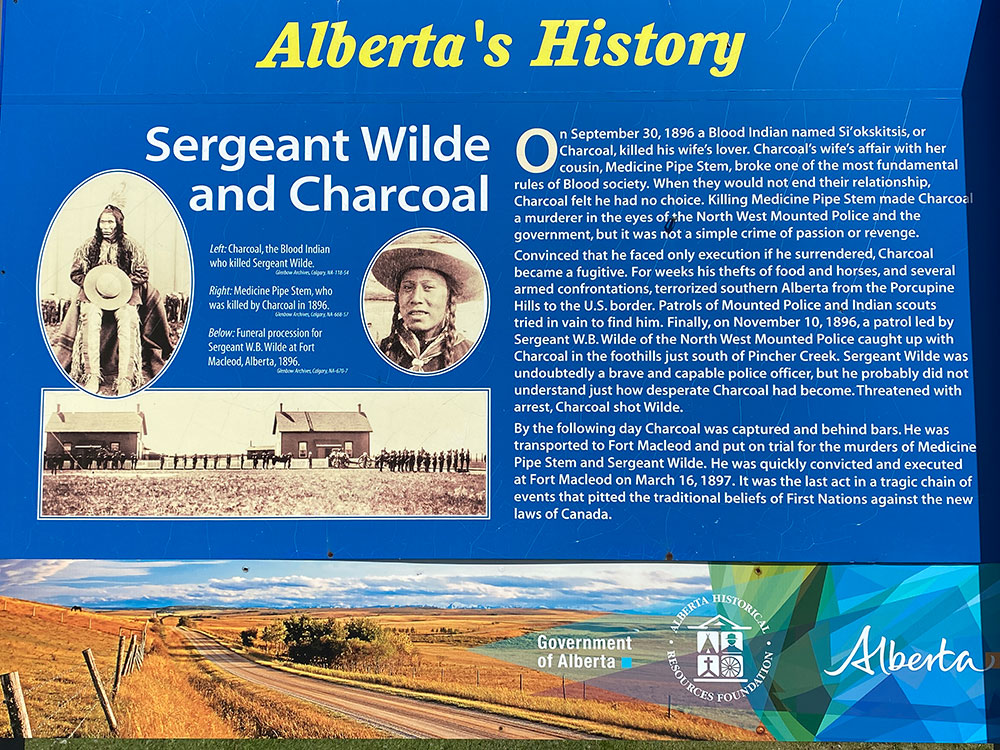
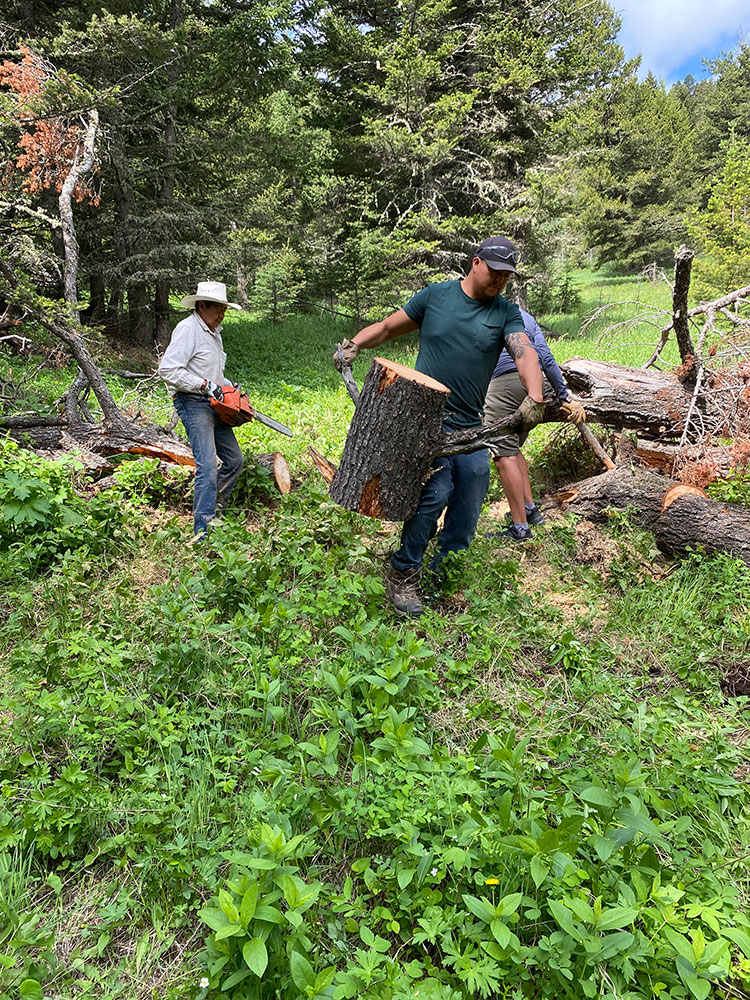
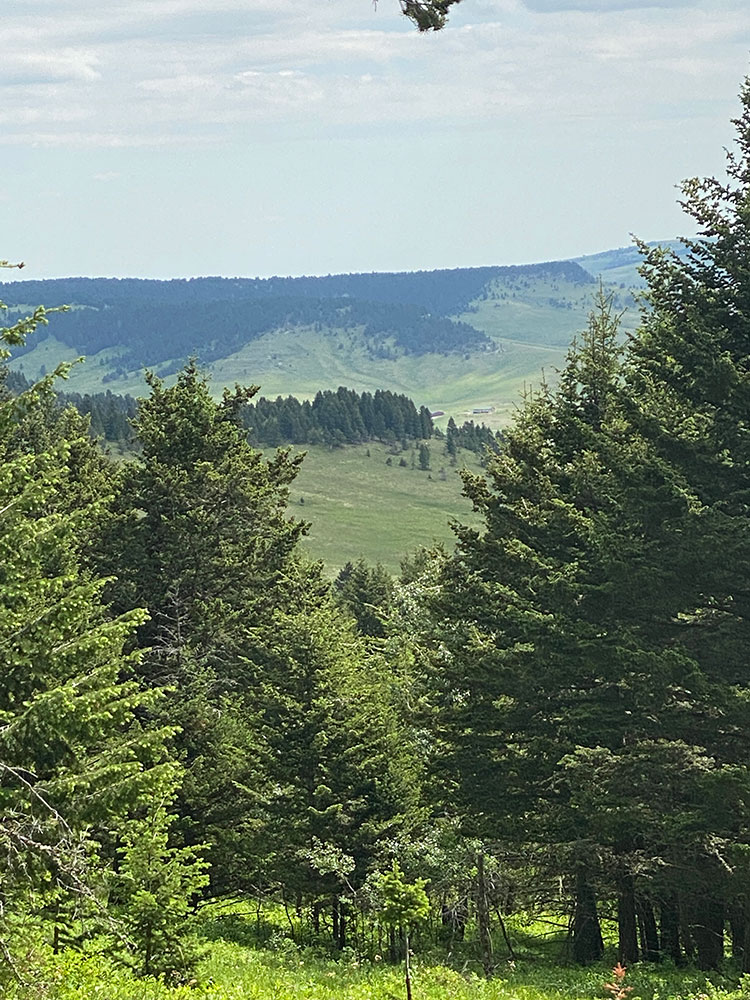
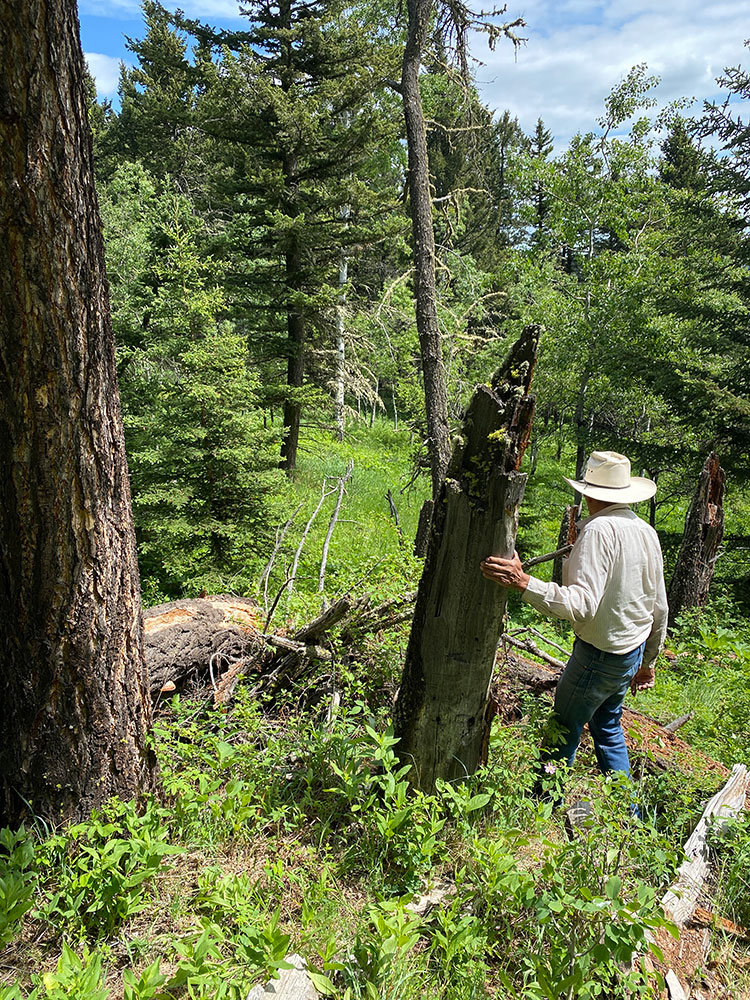
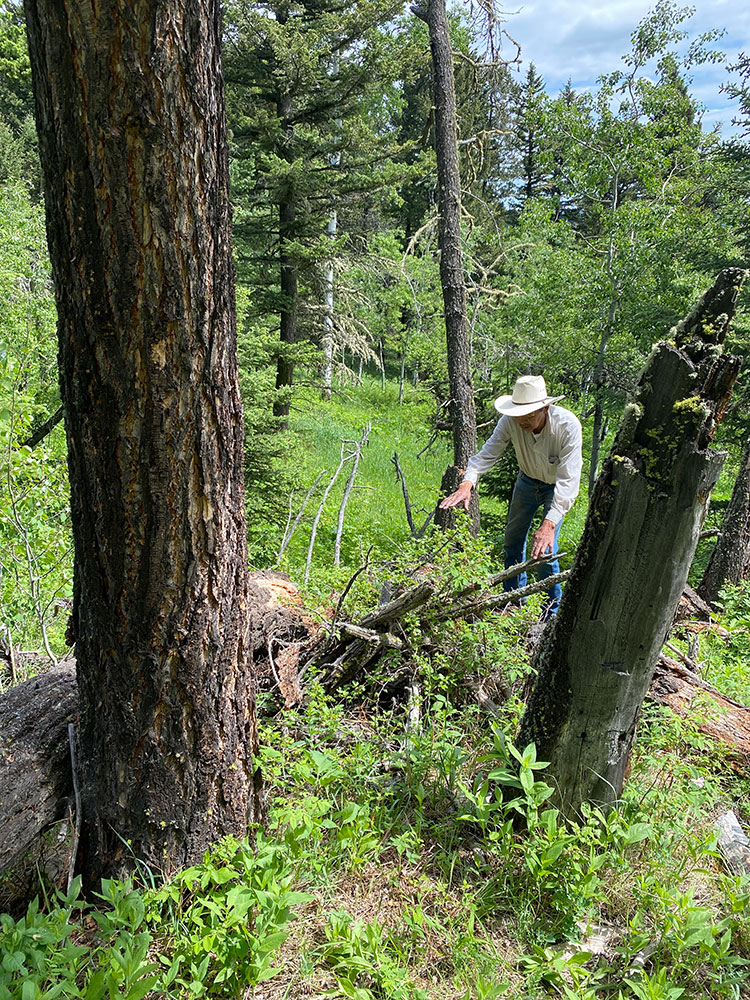
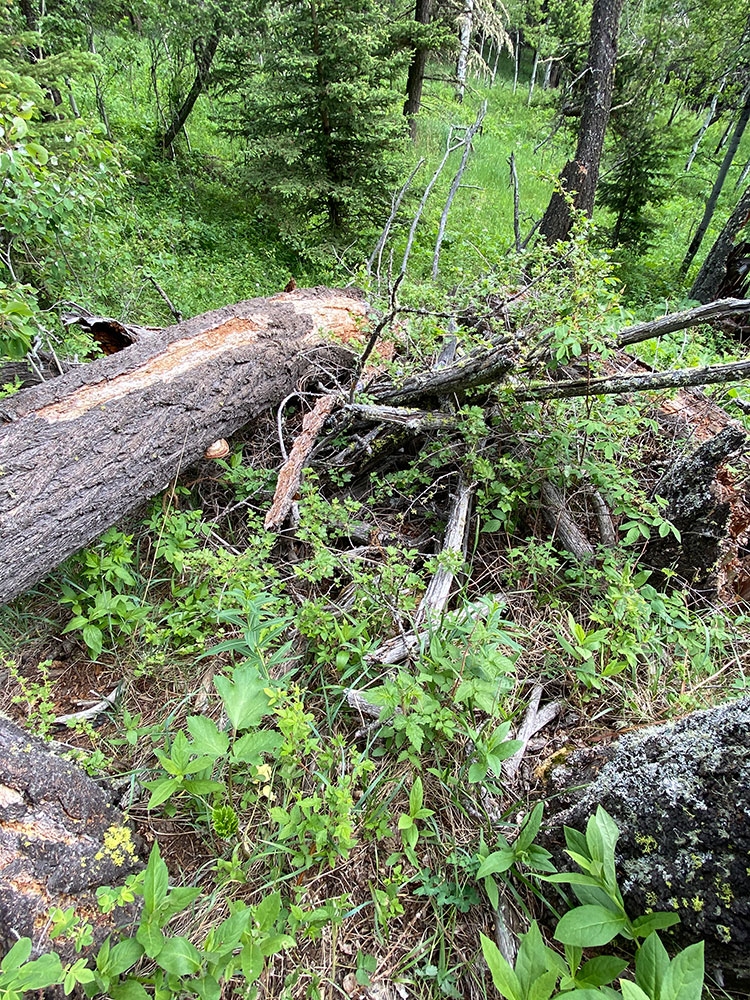
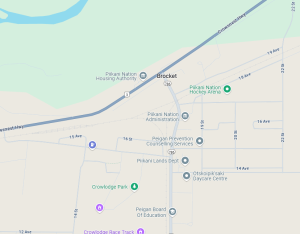 1805 12 Ave, Brocket, AB T0K 0H0
1805 12 Ave, Brocket, AB T0K 0H0